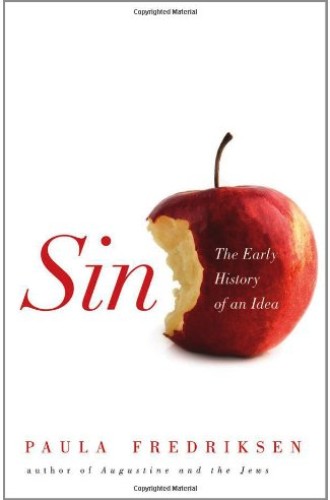Chaos and continuity
I confess that I am disappointed in Paula Fredriksen’s book on sin, though luminaries have praised it using words like gripping and magnificent. Fredriksen’s book Augustine and the Jews was both of those. This one isn’t.
The book is about “disjunctures,” Fredriksen announces at the outset, as she offers portraits of the doctrine of sin in the thought of seven figures, from Jesus to Augustine with a few Gnostic stops in between. She aims to show that sin has startlingly different meanings in different historical contexts. She does that beautifully. Jesus preaches to Jews that they should repent and await the kingdom, which will arrive any minute. Paul preaches to pagans, and for him it is an eschatological miracle that they listen. Justin cuts another direction, accusing the Jews of continual idolatry. Valentinus goes his own way also, imagining a redemption out of history instead of a redemption of history.
Each individual portrait exhibits up-to-the-minute scholarship and is elegantly written. Some of the portraits will influence my preaching: Jesus is not a non-Jewish nice guy. He’s a Jewish prophet, with a ministry oriented around the temple and founded on the practice of exorcism. Paul reorients Jewish language of sacrifice around gentiles presenting themselves to God. Origen follows Paul on the scope of salvation. All good.





